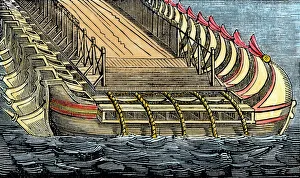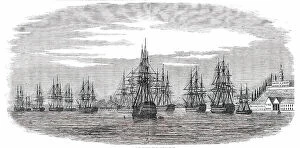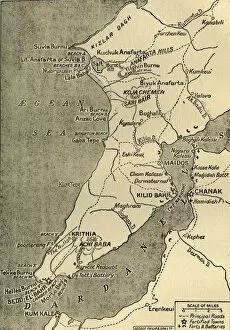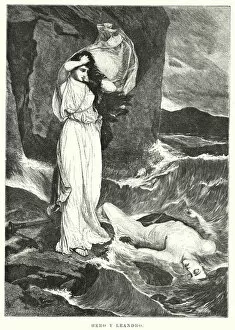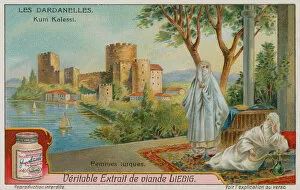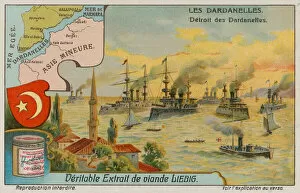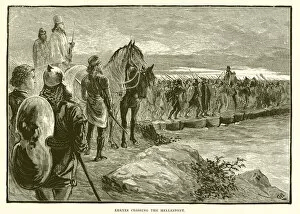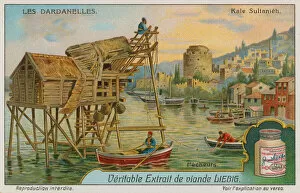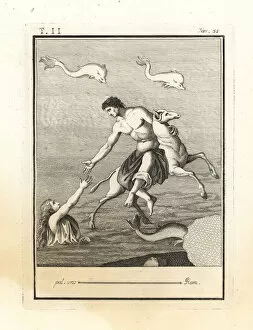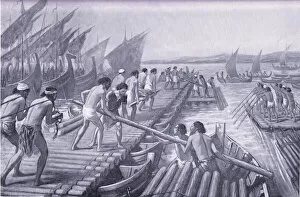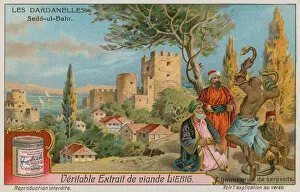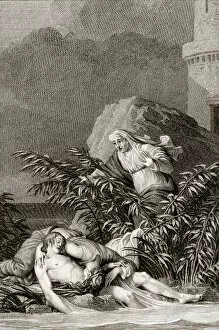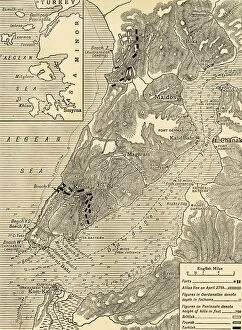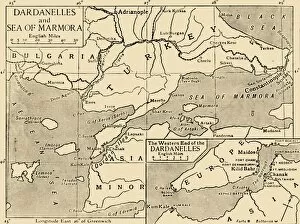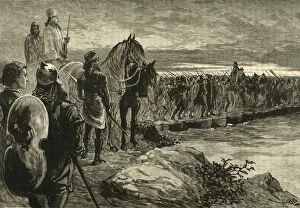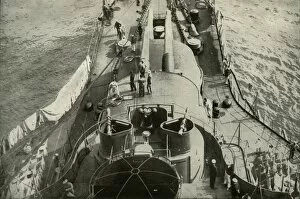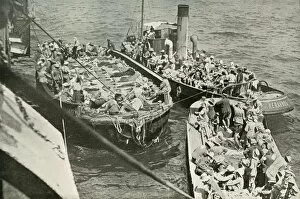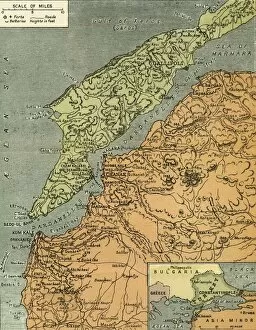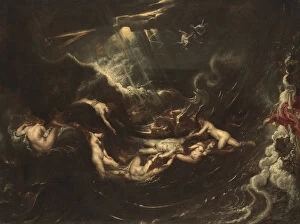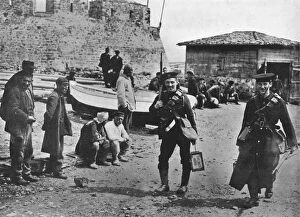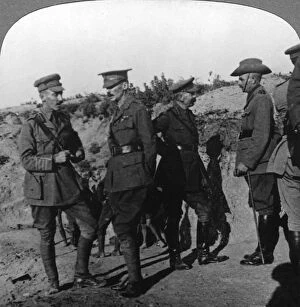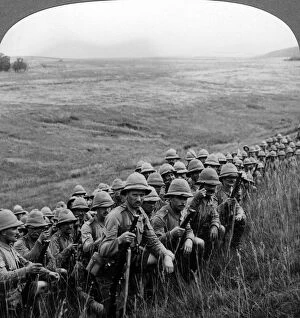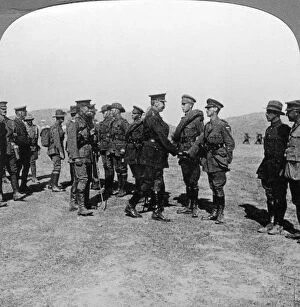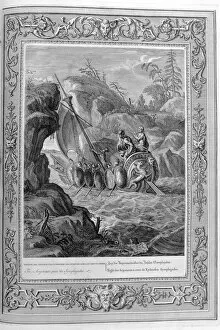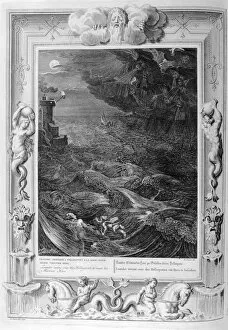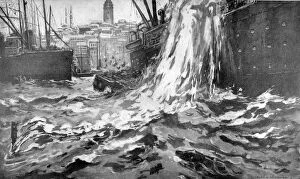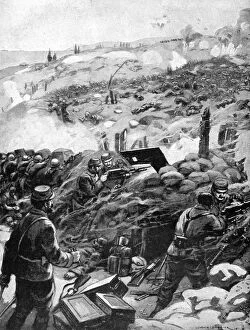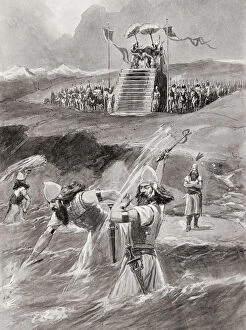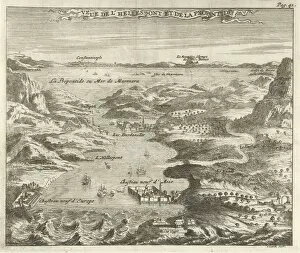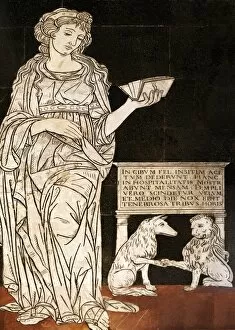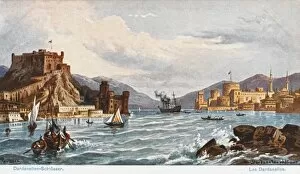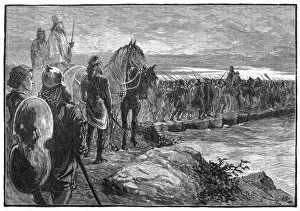Hellespont Collection
The Hellespont, a historic strait connecting the Aegean Sea to the Sea of Marmara, has witnessed countless tales and events throughout history
All Professionally Made to Order for Quick Shipping
The Hellespont, a historic strait connecting the Aegean Sea to the Sea of Marmara, has witnessed countless tales and events throughout history. In 480 BC, Xerxes constructed a magnificent bridge of boats across the Hellespont as part of his ambitious campaign against Greece. This feat showcased the power and engineering prowess of the Persian Empire. Centuries later, during World War I in July 1915, Allied forces found themselves entrenched on the Gallipoli peninsula in Turkey. The strategic significance of this region became evident as battles raged on for months with devastating consequences. A map from 1919 by George Philip & Son Ltd depicts the intricate layout of the Gallipoli Peninsula. Highlighted are forts that once stood guard along both European and Asian coasts, defending their respective territories. Taking inspiration from mythology, Hero and Leander's tragic love story unfolded amidst these waters. Their tale is immortalized through lithographs capturing their ill-fated romance. Chromolithos offer glimpses into Turkish culture and architecture surrounding this iconic strait. Kum Kalessi showcases two Turkish women adorned in vibrant attire while Rumelihisari presents Istanbul's majestic fortress guarding its shores. The Dardanelles Strait holds historical importance beyond military conflicts; it also harbors legends such as Helle, Phrixus, and their mythical flying golden ram. These enchanting narratives continue to captivate imaginations even today. In another lithograph depicting ancient times, Phoenician sailors diligently construct ArtaXerxes Bridge of boats under Xerxes' command—an impressive testament to human ingenuity and determination. From ancient civilizations to modern warfare, from mythological tales to cultural heritage—these diverse images paint an intriguing picture of life around one remarkable waterway: The Hellespont or Dardanelles Strait—a place where history unfolds at every turn.

